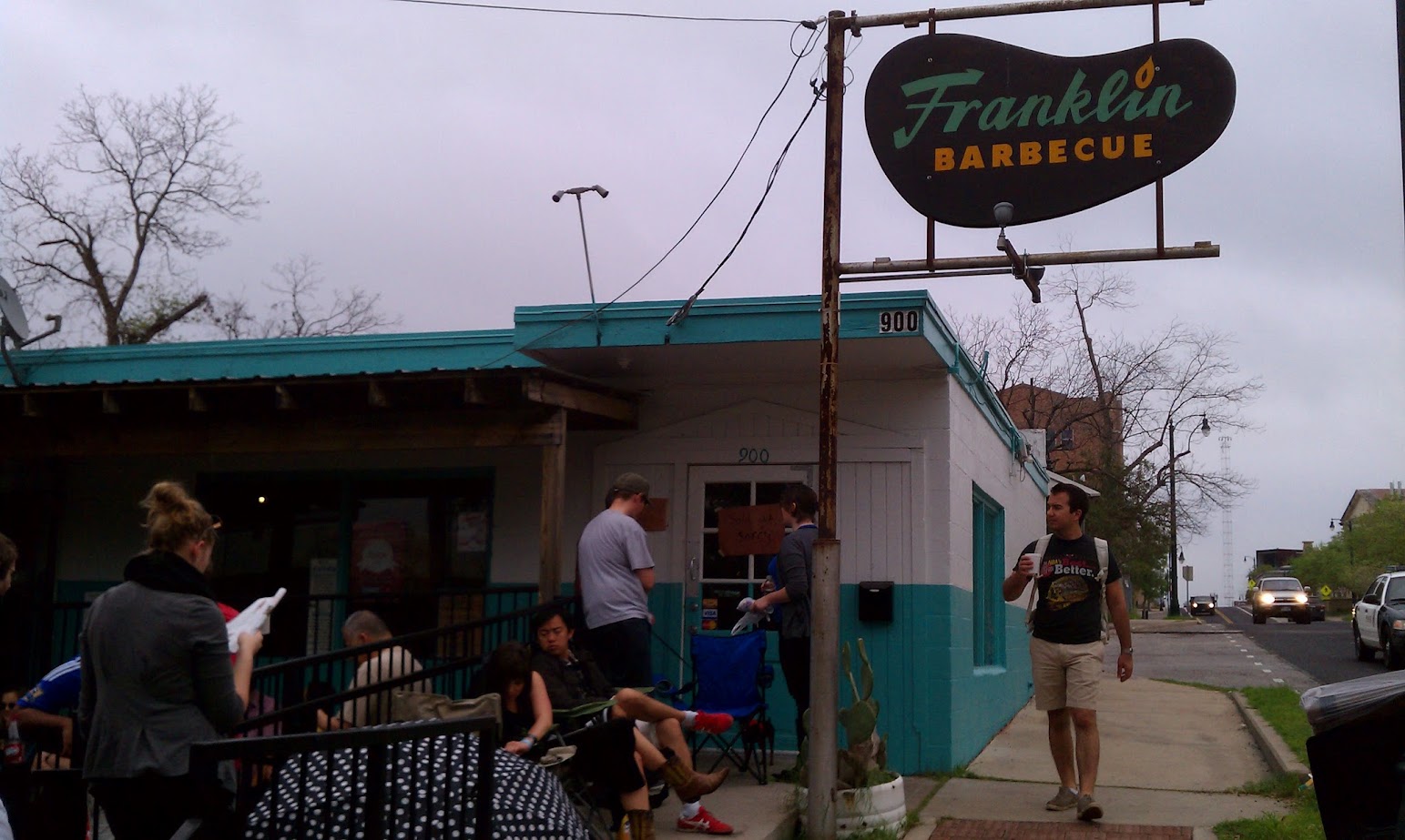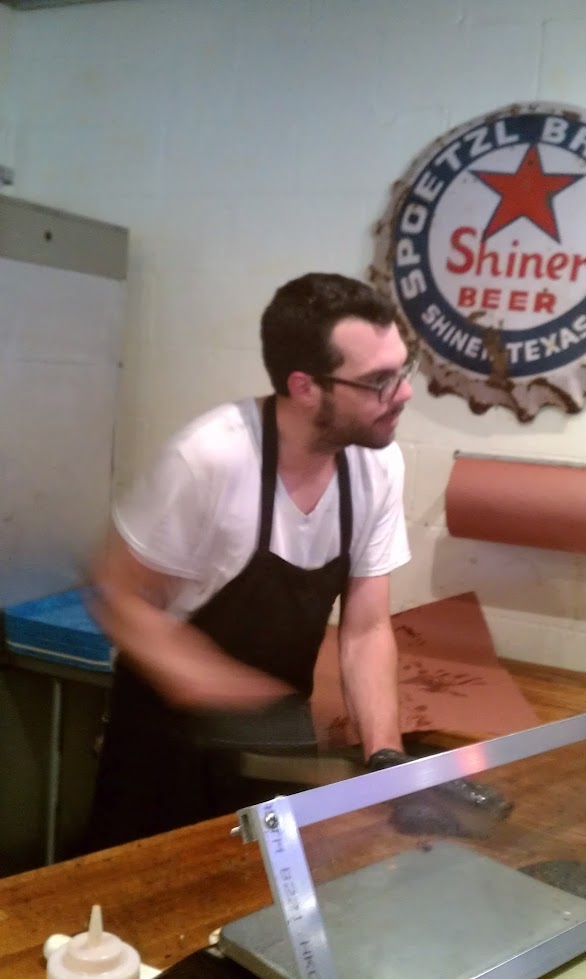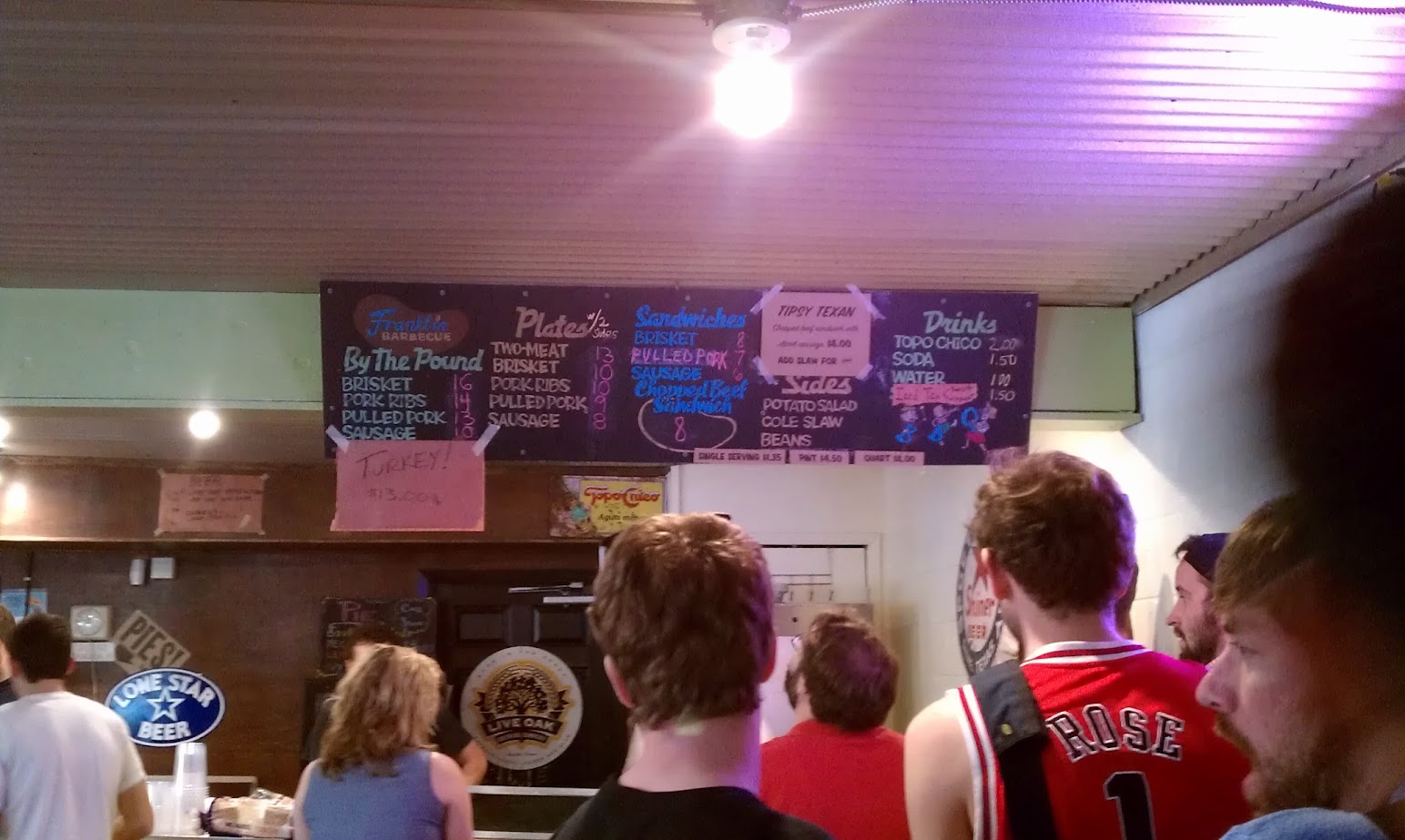PART 2: BELFAST TO CAIRNRYAN AND LIVERPOOL BIRKENHEAD TO BELFAST
 |
| CAN DO: 92-year-old Tartan terror Tom Gilzean |
The world of electronics — and rascally scrap metal thieves — will be forever grateful to the two fellas who were walking down Aberdeen’s Union Street many years ago and spotted a halfpenny on the pavement. The ensuing tug-of-war during which the coin was stretched beyond all recognition and one of the combatants ended up in Dundee while still pulling resulted in the thinnest copper wire ever produced.
That at least is the story I was told by 92-year-old and much-decorated war veteran Tom Gilzean when I stopped for a chat on Edinburgh’s Royal Mile a few hours after stepping off Stena’s Superfast VII ferry in Cairnryan. Tom, who was resplendent in full Highland dress and sporting a chestful of campaign medals, knows a thing or two about pennies — he raised 4.2 million of them (£42,000) for disabled servicemen and sick children in 2010. And then some pea-brained pencil-pusher on the city council banned him from rattling his collecting cans in the street and threatened him with legal action, saying he didn’t have the correct permit. You can imagine the public outrage when distraught and frail widower Tom shed tears during an interview on nationwide television.
Fortunately, furious deputy council leader Steve Cardownie kicked up such a stink in the chamber, where he described Tom as “a man who does Edinburgh proud”, that a special dispensation was hastily granted and the former Royal Engineers sapper was allowed to resume his admirable work. But the memory of that permit palaver still rankled as we chatted outside the Camera Obscura, one of the city’s top tourist attractions.
 |
| WARPED FACTOR: In the Camera Obscura |
“I was married for 55 years and miss my wife so very much,” said Tom. “That’s the reason I’m out here on the streets doing this — I don’t know what I’d do if they stopped me collecting for the injured soldiers and the poor wee bairns. It’s the only thing that keeps me going. I was ready to go to jail if that’s what it took. The way they were treating me, you’d think I was a beggar. If I’m not allowed to do my charity work they might as well put me in my box.”
Just then, a beautiful young Spanish woman dropped some coins in one of Tom’s cans and planted a kiss on his cheek. His face lit up and he did a little jig. If he’d been a younger man and fitter he might have done a cartwheel as well, but in a kilt it would probably have got him arrested.
“Gracias, señorita!” he called as his new admirer headed up the cobbled street towards the castle — the home of the Scottish Crown Jewels, it attracted 1.3 million visitors last year — with her giggling girlfriends.
“She’s clearly not from Aberdeen,” said Tom, reinforcing my impression that he’s none too fond of people from the Granite City. “It’s a job and a half getting money out of Aberdonians. Oh, a tight-fisted lot they are. They’ve got padlocks on their purses and pockets in their shrouds.”
And then he let out a blood-curdling roar which startled several passers-by. “Come on all you miserable Aberdonians! Dig deep for the wounded soldiers and sick bairns!”
Tom, who began collecting for charity in 2005 when a friend asked him to help the Sick Kids’ Friends Foundation, is one of Edinburgh’s most colourful characters, but if he stood beside Brazilian-born former nurse Elaine Davidson he’d be invisible.
 |
| MOST-PIERCED: Elaine Davidson |
Forty-four-year-old Elaine, who sells fetish gear — and postcards — from her Tropical Rainbow shop in Candlemaker Row where she also offers crystal ball and tarot card readings, is the world’s most-pierced woman. Her 6,925 piercings, including nearly 200 in her face and more than 500 in her — how shall I put this? — in her knickers weigh around three kilos. Not surprisingly, her appearance turns heads in the street, but none was more turned than that of retired civil servant Douglas Watson who met her in a Glasgow coffee shop 15 years ago and married her last June. He must have a magnetic personality.
When I got talking to Elaine in the Lawnmarket, the teetotal non-smoker told me her wedding in Edinburgh’s register office had been a “low-key affair” at which Douglas, who has no piercings, no tattoos and no intention of every getting any, wore a dark blue suit, blue shirt and Marks and Spencer tie. She arrived in a puffy white dress and with her face painted green, yellow and blue, the colours of the Brazilian flag.
“Douglas is a kind and gentle man,” said Elaine, “and being married to him is wonderful. I’m so happy. After 15 years of friendship and growing closer, having a wedding ring on my finger isn’t going to change the way I live my life. Mind you, I’ve had to give up sleeping on my bed of nails.”
I had to ask: Why so many piercings? Wasn’t it painful? And when will enough be enough?
“You get used to the pain,” said Elaine. “After the first couple of hundred I didn’t really feel it. I like my piercings, they’re an expression of my personality. Some people express themselves by the clothes they wear, I do it by getting my body pierced. It’s how I am. I don’t know how many you could call enough. It’s not that I can’t stop, it’s just that I’ve never thought of stopping. When I had 462 piercings back in 2000 somebody said to me it must be a record. That’s when it became a challenge. I thought, I wouldn’t mind being in the Guinness Book of Records, so they examined me and said yes, I was the world’s most-pierced woman. I’ve carried on getting piercings since then. I suppose one day I’ll decide, right, no more, but I don’t think that day will be any time soon.”
In bumping into tartan terror Tom, who’s raised more than £200,000 for charity in seven years, I’d met a hero, which was appropriate as I’d gone to Edinburgh specially to see the man who’s been my personal hero since I was a child. The fact he’s been dead for nearly 220 years is neither here nor there.
 |
| HE'S MY HERO: Poet Robert Burns |
Alexander Nasmyth’s 1787 portrait of his close friend Robert Burns — said to be the truest likeness of Scotland’s national poet — had been in storage for two-and-a-half years while the National Portrait Gallery where it hangs underwent an £18 million renovation, reopening last December. I last saw the painting 30 years ago, but my fascination with Burns goes back nearly 40. In that time I’ve amassed an obsessionally-large collection of books about the man who wrote Auld Lang Syne and more than 500 other poems and songs during a tragically short life (he died aged 37 in 1796). I don’t have anywhere near as many Burns books and bits of memorabilia as Elaine has piercings, but the weight of them all will one day cause my floorboards to collapse.
My nose was no more than a foot from Burns’ as I stood for ages admiring Nasmyth’s work, which is the best-known and most widely reproduced image of Rab, Rabbie, Robbie, Robyn or, as Americans are wont to call him, Bobby. Slightly more than a foot to my left but within grappling-to-the-ground distance, the tartan-trousered guard kept a hawk eye on me (actually, in the local parlance, it was a hawk eye the noo). He looked like a man who’s never lost a staring-out contest, and I got the idea several of his colleagues had been put on red alert, ready to pounce on his signal. But he needn’t have worried — I was there as a pilgrim, not a pilferer.
To break the ice I struck up a conversation, telling him I’d come from Dublin to see my hero.
“Dublin?” he said. “Lovely place, but it’s gotten awfy expensive, has it no?”
When I told him the price of a pint he nearly collapsed. Must be from Aberdeen, I thought. Having gained his confidence, he stood down the SWAT team and we got yapping.
“This is the picture they all come to see,” he said, and took the wind out of my sails by adding: “We’d an old gentleman in here the other day, an expat Scot, came all the way from New Zealand just to stand where you’re standing. From Dunedin, he was. A retired school teacher. Imagine that — 12,000 miles just to look at a portrait.”
My measly 143 miles from Belfast as the crow flies paled into pathetic insignificance next to my fellow pilgrim’s daunting journey which probably involved a couple of gruelling long-haul flights, but if that old gentleman had dropped by again I’d have shaken his hand and maybe even genuflected.
 |
| FAMOUS SON: Burns statue, Ayr |
Dunedin — from the Gaelic Dùn Èideann for Edinburgh — has a statue of Burns in the central Octagon (his nephew, Presbyterian minister Thomas Burns, was one of the city’s founding fathers). Scotland has 19 statues, and there are 15 in the US, nine in Canada, eight in Australia and one in England, in London’s Victoria Embankment Gardens. With three others in New Zealand making a total of 56 worldwide, Burns has had more statues erected in his honour than any other poet in history. I’m not alone in placing Rabbie on a pedestal, which was the sculptors’ job anyway. In a 2009 survey he was named as the Greatest Scot Of All Time, narrowly pipping William “Braveheart” Wallace to the post from a shortlist of 10 that also included Robert the Bruce and, perversely, Billy Connolly and Doctor Who star David Tennant.
As I took a last look at the portrait, I noticed for the first time that what I’ve for so long taken to be a nascent smile might well be the beginnings of a smirk. Rabbie, who fathered 12 children — seven of them illegitimate — by four women, had as many critics as admirers during the 10 years from 1786 when his first volume of poems was published until his death from a rheumatic heart condition. There are still those who refer to him as “that damned whoremaster”, but his literary legacy — some of the world’s best-loved poems and songs that have been translated into most modern languages (and Klingon) and still sell in huge numbers in book and CD form — is good enough reason to smirk. As he told his wife, Jean, as he lay in his deathbed: “I’ll be better kent (known) a hunder years from now.”
 |
| WHERE IT BEGAN: Burns' Cottage in village of Alloway |
A full-sized replica of the Ayrshire cottage in which Burns was born into abject poverty on January 25, 1759, can be visited in Atlanta, Georgia, but the real thing, all whitewashed walls and thatch, is in the village of Alloway, an hour’s car journey north of Stena’s Cairnryan port.
The highlight of the scenic drive along the coast-hugging A77 is the view on a clear day of the majestic and uninhabited island of Ailsa Craig, the plug of a volcano that last blew its top 500 million years ago. Being roughly the halfway point on the old ferry route between Belfast and Glasgow, it was nicknamed Paddy’s Milestone by generations of Irish labourers and potato pickers heading to Scotland in search of work. Rising out of the sea to a height of 340 metres 10 miles west of Girvan (where Mr. Chips serves the best fish suppers in Ayrshire), this former refuge for Catholics fleeing the 16th century Reformation which was also a prison colony in the 18th and 19th centuries is now a bird sanctuary for hundreds of thousands of gannets, kittiwakes and guillemots and a growing number of puffins.
It’s most famed, though, for the quarry that provides the rare Blue Hone granite known as Ailsite from which 70 per cent of the world’s curling stones are made, including those used by the gold medal-winning British women’s team at the 2002 Winter Olympics in Utah.
 |
| ROCK OF AGES: Volcanic isle of Ailsa Craig |
One of the most-visited homes in Scotland, Burns’ Cottage is a humble, four-room residence comprising a kitchen, spence (parlour), barn and byre that was built by the poet’s father, William, in 1757. Just down the road is the £21 million Birthplace Museum that opened in December 2010 and houses more than 5,500 items of memorabilia plus many original manuscripts in Burns’ distinctive hand.
Nearby are the ruins and well-kept graveyard (where William is buried) of the reputedly haunted 16th century Alloway Auld Kirk that was the scene of the witches’ and warlocks’ dance — with music provided by the Devil himself — in Burns’ epic poem Tam o’ Shanter; and the medieval Brig o’ Doon, rebuilt in the 18th century, over which the terrified and rapidly sobering Tam fled the “hellish legion” on his grey mare, Meg. The bridge is overlooked by the Burns Monument which was paid for by public subscription, allegedly including donations from Aberdeen, and completed in 1823.
 |
| WITCHES' LAIR: Haunted Alloway Auld Kirk and graveyard |
My trip was drawing to a close as I stepped off the train from Edinburgh in Liverpool, where I had one last pit stop in what had become a heroic journey — I was going to the Cavern Club in Mathew Street where, on the afternoon of Thursday, February 9, 1961 a local band called the Beatles who would become the heroes of millions played to a full house in the original building on the same site. The new Cavern Club, built using 15,000 bricks from the old one which was demolished in 1973 by British Rail (Boo! Hiss!), opened its doors in 1984 and is a thriving live music venue and one of Liverpool’s most popular tourist attractions.
John Lennon, Paul McCartney, George Harrison, Stuart Sutcliffe and Pete Best’s first lunchtime gig in the Cavern blew the audience away and earned them a regular booking. The line-up changed, of course, and by the time the band made the last of their 292 appearances there on Saturday, August 3, 1963 they had become the Fab Four of John, Paul, George and Ringo. Other Cavern regulars included Cilla Black, Gerry & The Pacemakers, The Swinging Blue Genes, Billy J Kramer and The Dakotas, The Merseybeats and The Searchers, but it was The Beatles who put the club and their home city on the musical map, triggering Beatlemania and leading a Liverpudlian takeover of the charts on both sides of the Atlantic.
 |
| BEST CELLAR: Music in Liverpool's new Cavern Club |
I had a great night at the Cavern, but mindful of an early start the next morning when I had a date with a ferry down the Mersey and onward across the Irish Sea, I headed to bed. I’d followed in the footsteps of heroes Robert Burns and The Beatles and met a new one in plucky old soldier Tom. For someone who’s petrified of being punctured, I could only marvel at the courage of pierced lady Elaine. And now it was time to go home. Rabbie lamented in To A Mouse that “the best-laid schemes o’ mice an’ men gang aft agley”, but as I boarded Stena Mersey at Birkenhead this second part of my ferry adventures had been free of the minor disasters that usually dog me on my travels. Suspiciously free. Arriving in Belfast bang on time and with an hour to kill, I popped into The Crown Bar for a pint. As beer lovers know, there’s no such thing as “a” pint, so I had two. And missed the last train to Dublin. Then a pal of mine walked in, we got talking and, before I knew it, I’d missed the last bus.
The taxi driver watched as I withdrew a hundred quid from the ATM outside the Europa Hotel. The meter was running. Ah, well.
●To book your crossing on Stena Line’s Irish Sea routes and for details of special money-saving fares see www.stenaline.ie, call 01 204 7777 or contact your travel agent. In the UK see www.stenaline.co.uk. Further information on visiting Scotland, Belfast and the west of Ireland can be found in other travel articles on this blog: The Most Faithful Little Dog That Ever Cocked A Leg, Scots Whey Hey, All Aboard As Titanic Gets Set To Sail Again, I Lost My Heart To A Galway Grill, The Movie That Put Ireland On The Tourist Map and Oh Mayo My.

























